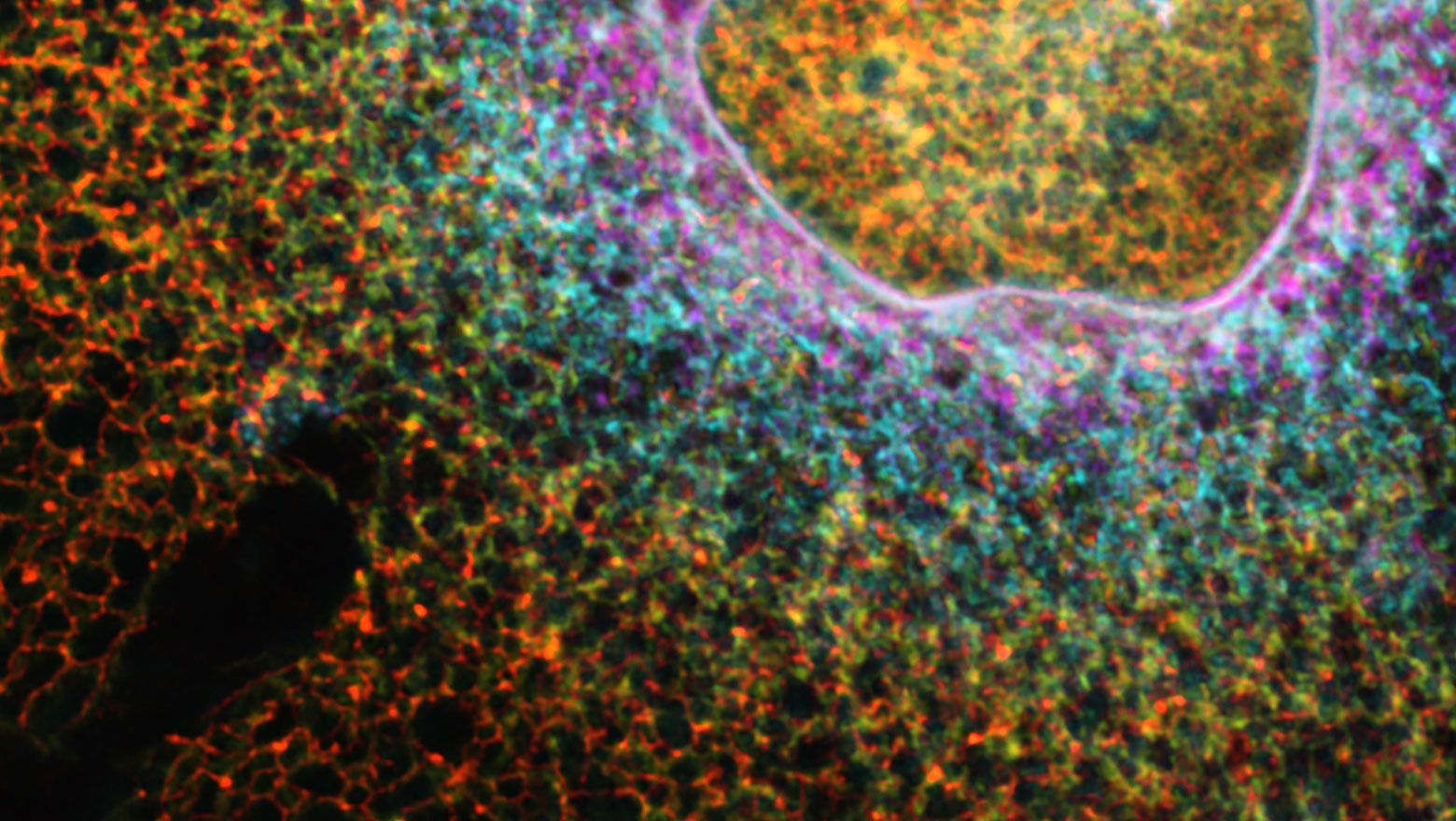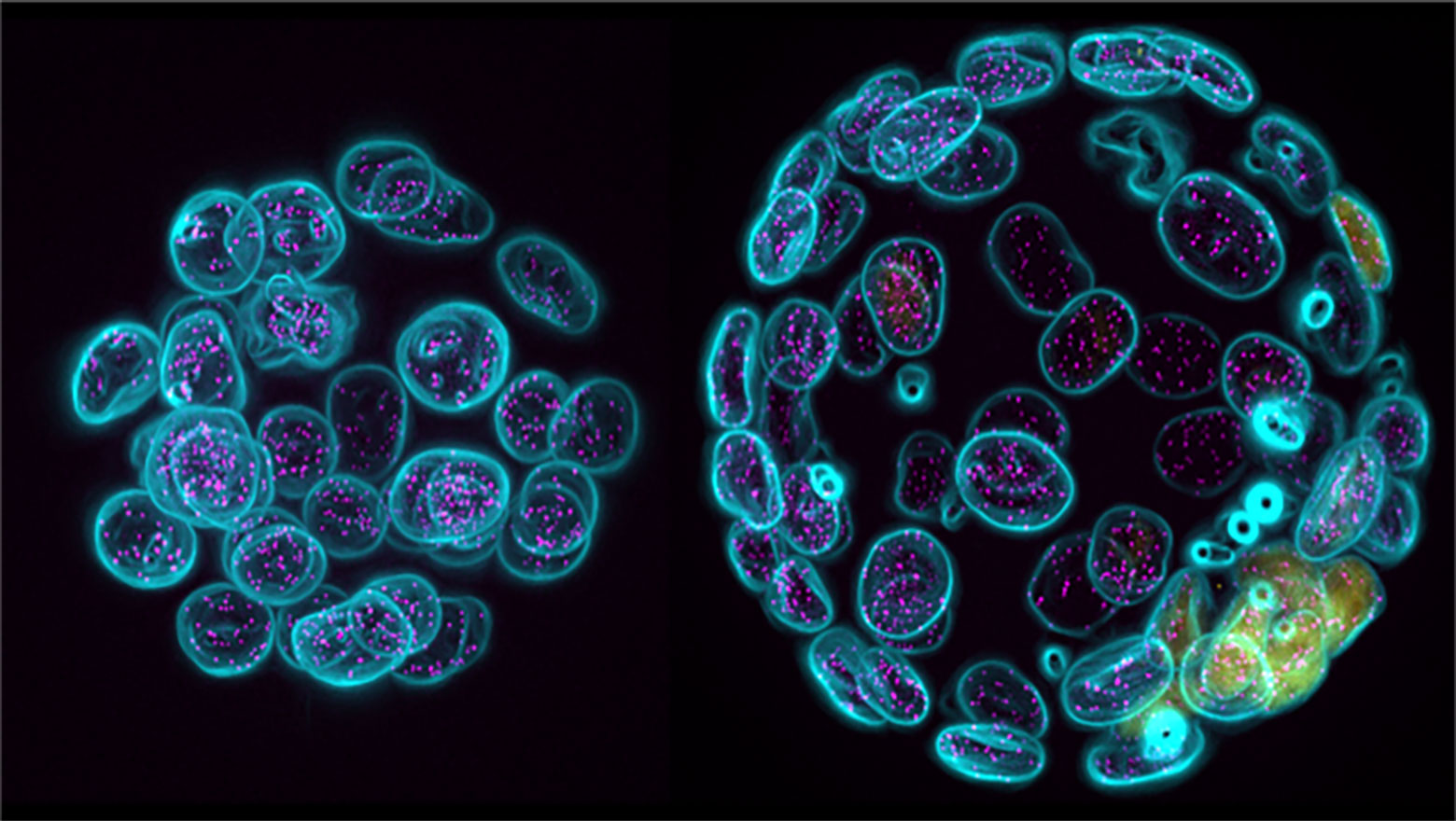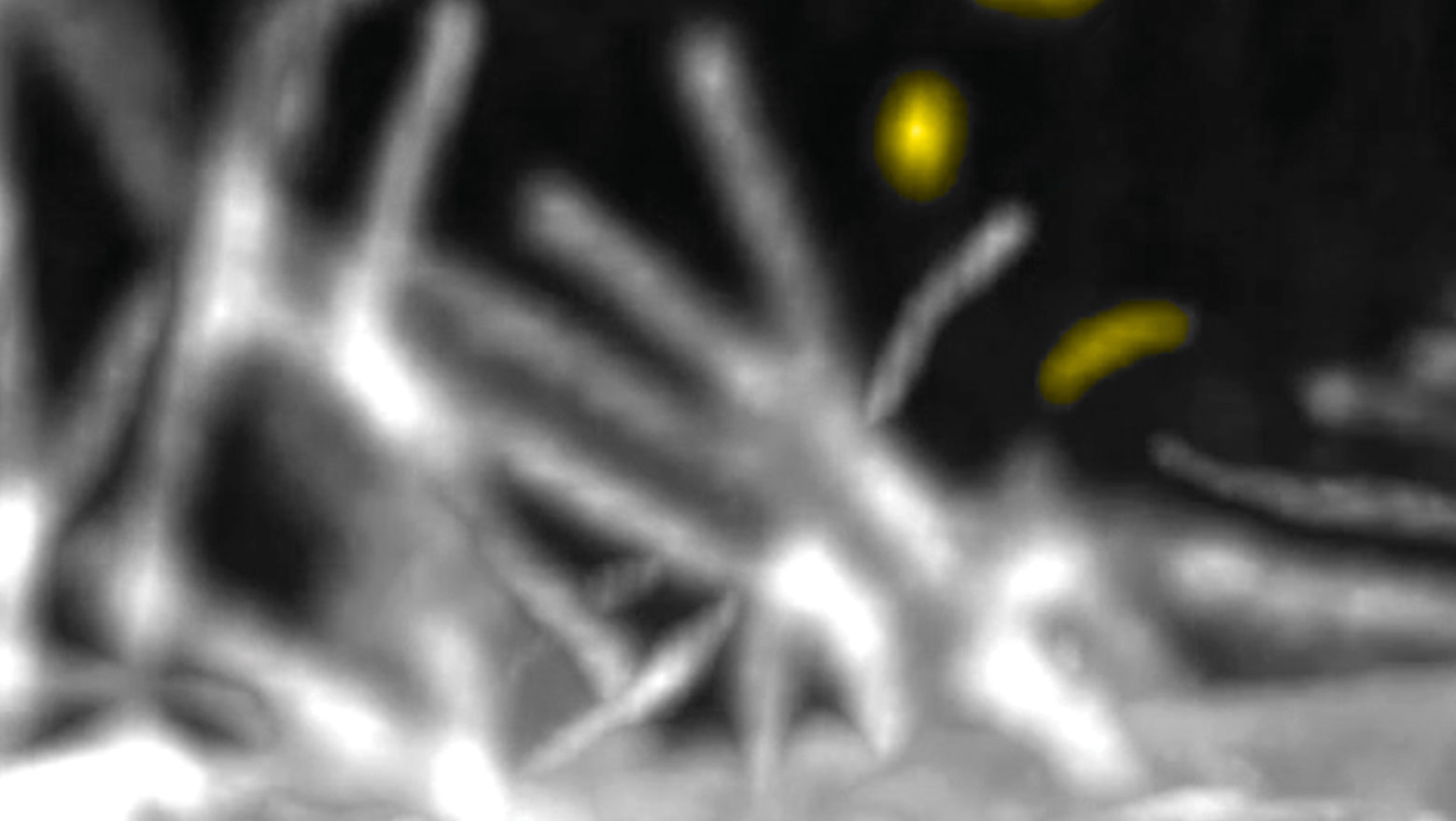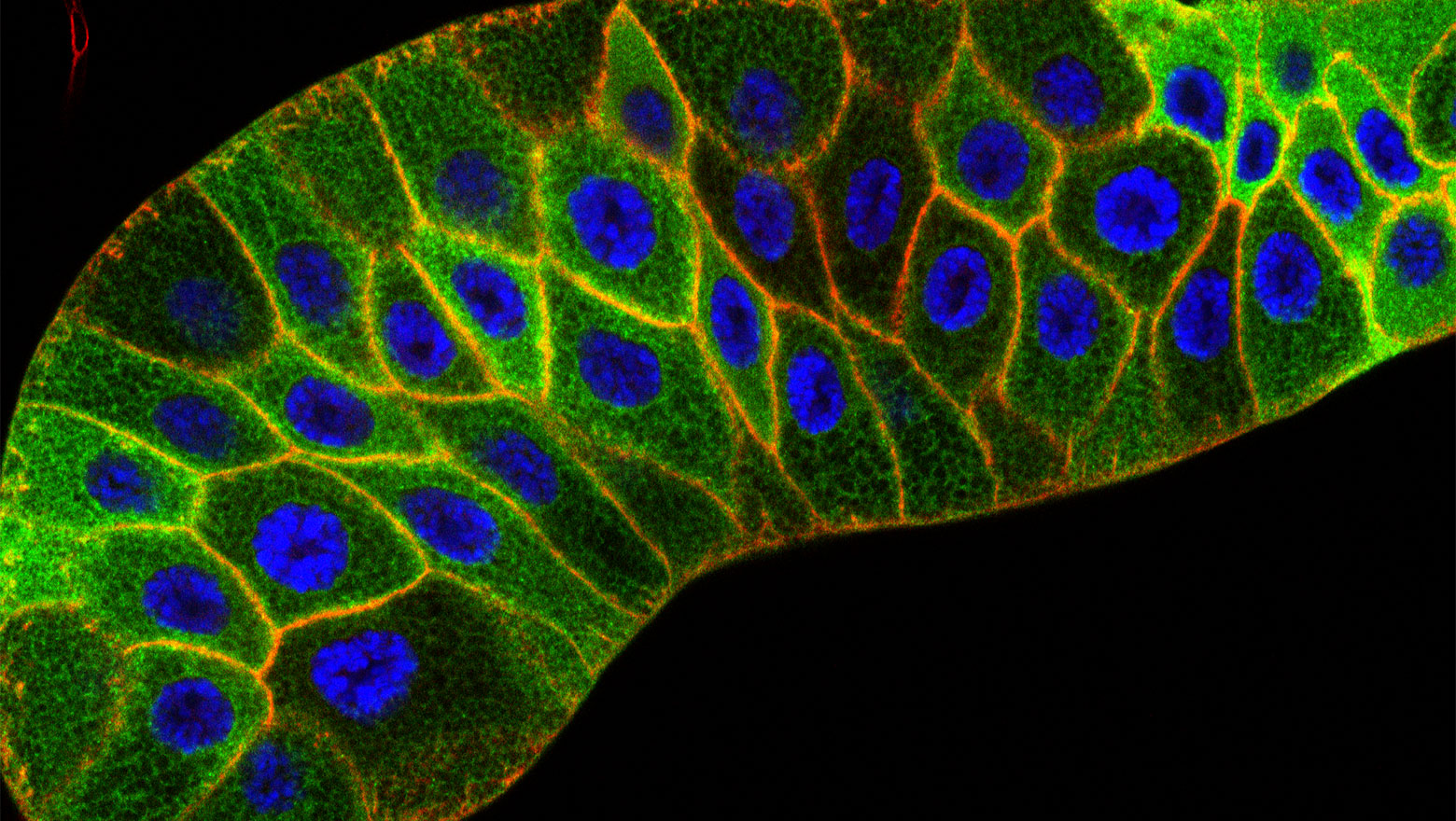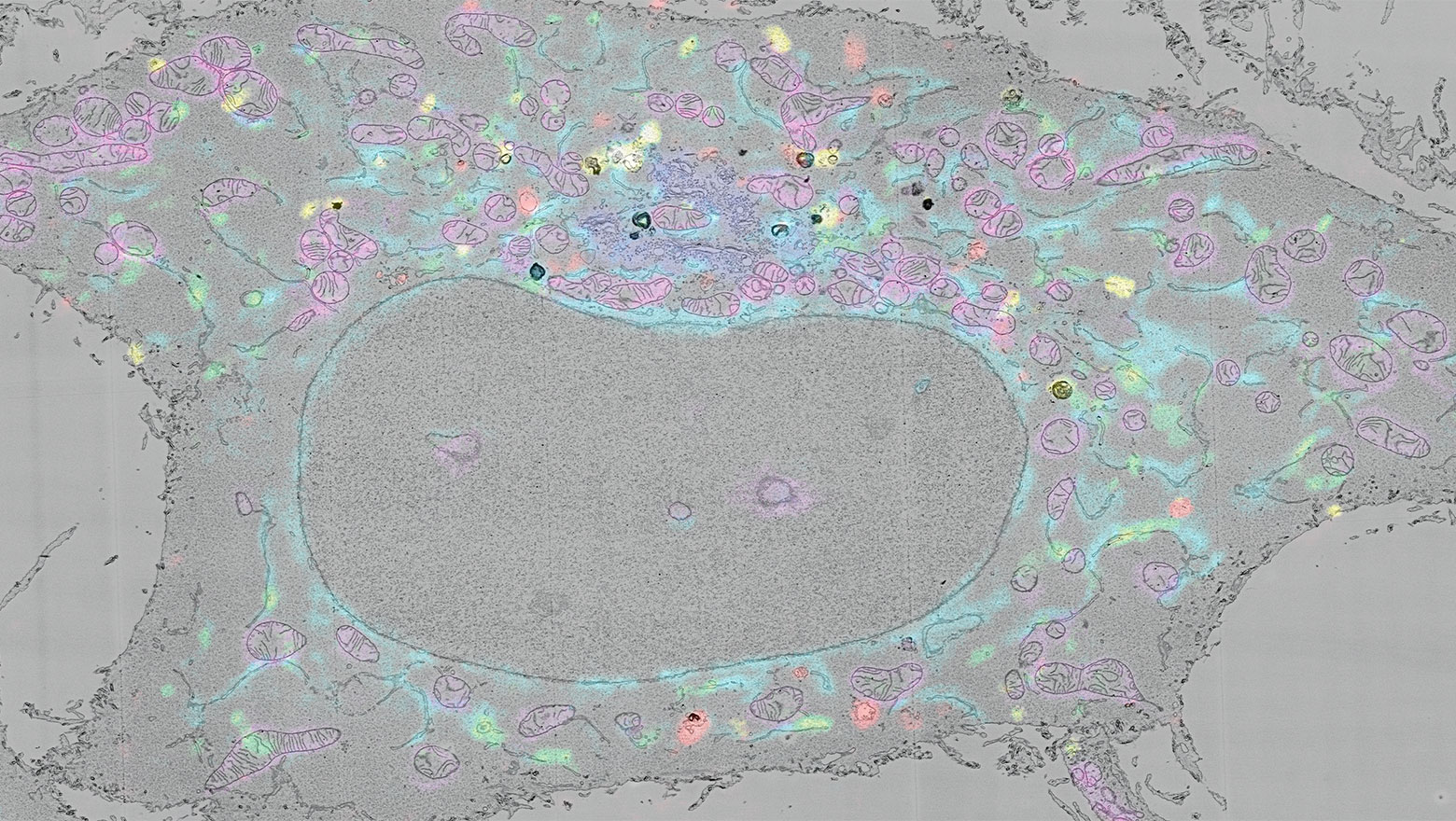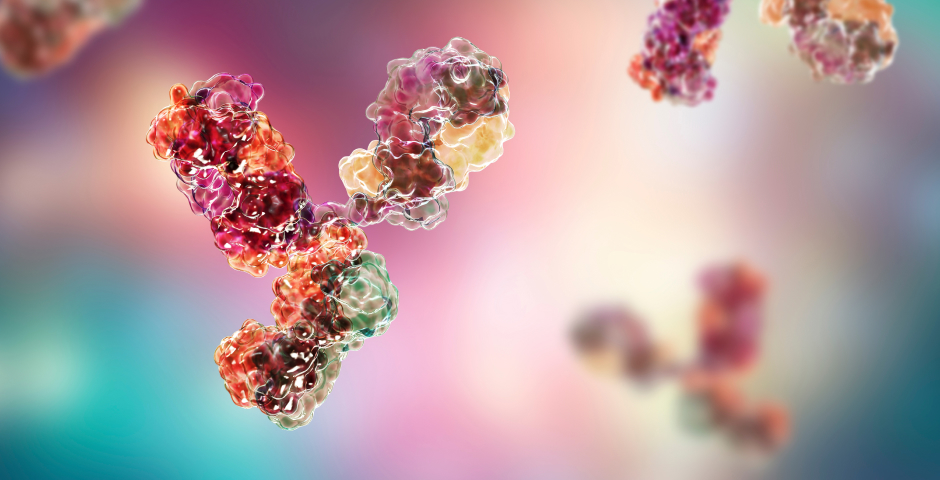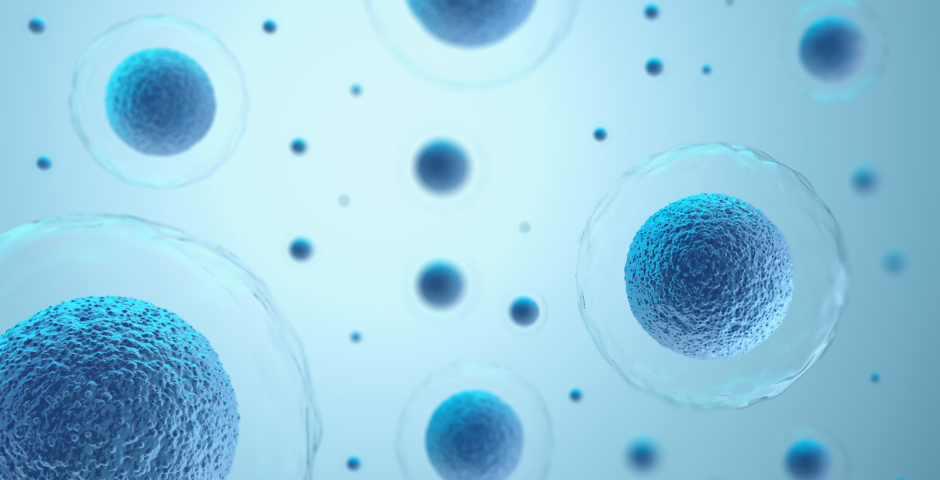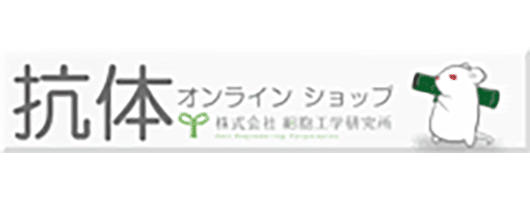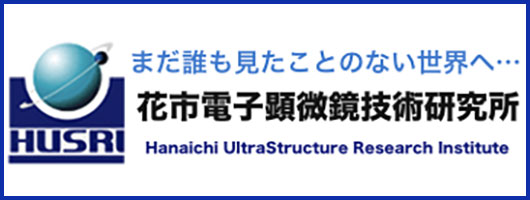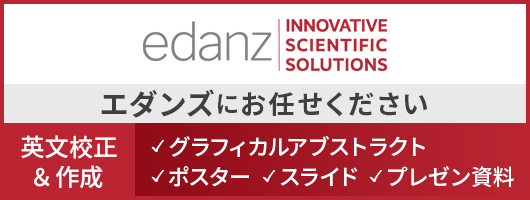生命科学を支える 細胞生物学
News / Topics
新着お知らせ
-
CSF論文発表のお知らせ
Context-dependent interactions among afadin, ZO-1, and actin filaments
-
CSF論文発表のお知らせ
Monitoring phospholipid dynamics in vivo with a fluorescent dye octadecyl rhodamine B
本論文では蛍光リン脂質プローブR18によるPE依存的なリン脂質動態と液胞-エンドソーム間のリン脂質輸送の可視化を報告する。
-
CSF論文発表のお知らせ
Extracellular presentation of syntaxin4 as a potential trigger for region-specific gastrulation
この論文では、初期胚におけるエピブラストの限られた領域で原腸陥入を誘導する非拡散性の候補因子について解析しました。
-
CSF論文発表のお知らせ
Deep Learning-Based Segmentation of 2D Projection-Derived Overlapping Prospore Membrane in Yeast
この論文では、重なり合った生体膜を正確に識別する深層学習モデルを開発し、出芽酵母が胞子形成時に生み出す前胞子膜の形態を定量的に解析しました。
-
CSF論文発表のお知らせ
Supersulfides regulate cell migration in human skin keratinocytes
この論文は、皮膚角化細胞における超硫黄分子を可視化し、その細胞移動における役割を明らかにしました。
Journal
会報「細胞生物」
Events
学術大会・イベント
About
当学会について
